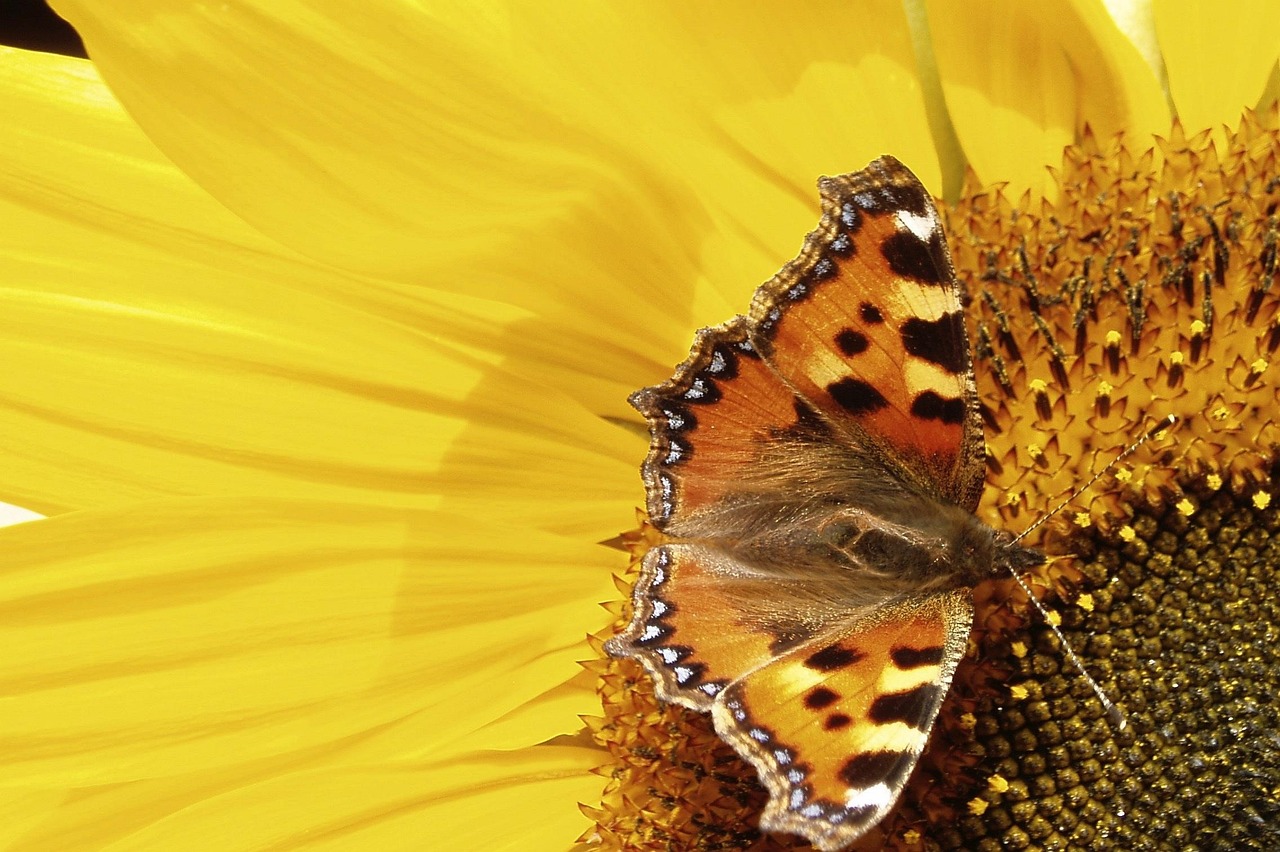Why Yellow Lights are the Trend for 2025
Trends can be difficult to keep up with in the age of the internet. It seems like yesterday people were asking “Can I has Cheeseburger,” and now everything is Skibidi. With the ability of researchers to genetically test things, and the sheer magnitude of science being done by both citizen scientists as well as students in labs, it can be difficult to remain up to date on the cutting edge in any field. That said, one of the major pushes in the gardening and natural world for some years now has been fighting for native species and increasing pollinators and one of the ways we recently have discovered that we can do this is through Yellow lighting.

Humans have long wondered what drew a moth to a flame, and it turns out that there is an interplay between the light and the moth’s physical body. As a moth flies, it’s body is pulled toward the light source, so the candle flame has a sort of magnetic hold on the moth until it eventually meets its demise. This interplay is due to the moon’s surface scattering blue light, and reflecting more of the red light. We have known for decades that outdoor lights attract, and harm, the ability of these important pollinators to fly and do their important work, and have seen a sharp decrease in their numbers as a result. Yellow lighting is barely perceptible to most bugs and therefore, what is well lit to us looks like a darkened space to many of them.
The trend for 2025 will, and has been, native planting, pollinator friendly practices, and Technology that aids us. Yellow lights have been shown to not attract as many bugs, as they are primarily attracted to the longer wavelength light the moon gives off. This means less bugs in your hair when you step out your front door, and more pollinators in your yard where they belong. The Yellow light will also be a signal to friends, family, and neighbors. You can elicit conversations about conservation with the people who live near you, and with a simple changing of a lightbulb, do a world of good for the land and flowers around you. As more and more people shift from full spectrum lighting, more neighbors will notice and become curious about the changing of the color guard, so to speak.
One of the other ways you can make sure to give your nighttime pollinators and nocturnal species a leg up with your lighting choices is to position your lighting lower to the ground. From bats and owls to caterpillars and frogs, high strung lights and bright floodlights can disrupt mating, hunting, and circadian rhythms for these creatures. Lower lighting can allow you to light your garden, extending your living space, and making your yard look cozy, but leaving it lower allows the nocturnal species to still navigate using natural lighting from the stars and the moon. Solar lighting also can help by keeping the lighting levels low, warm, and dark, and tapering off, leaving these species to their own devices while we get to enjoy our own as well.
Research and Articles for You to Read
https://newsroom.ucla.edu/releases/outdoor-lighting-protecting-insects-amazon-basin